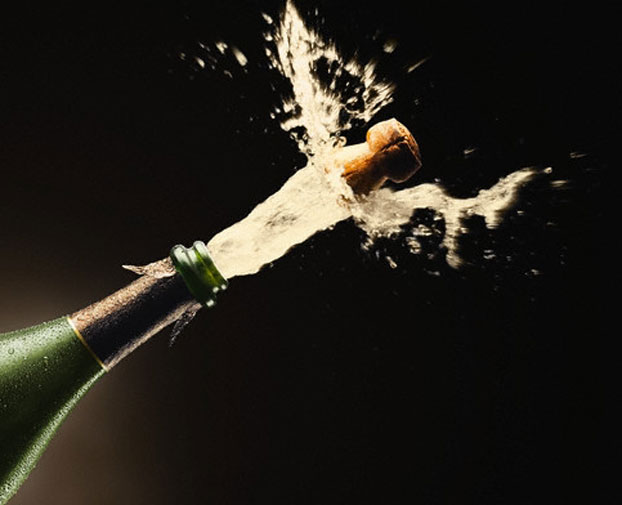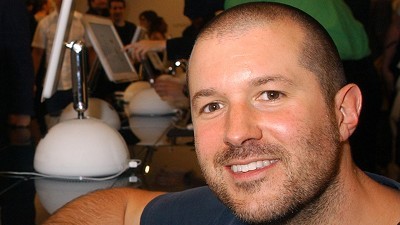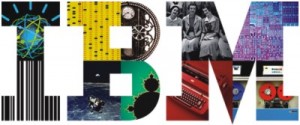 As the minutes tick toward midnight on Saturday and you are running out of conversation topics, why not bust out some trivia about the science of champagne to impress your friends?
As the minutes tick toward midnight on Saturday and you are running out of conversation topics, why not bust out some trivia about the science of champagne to impress your friends?
Bytesize Science A Toast to the Chemistry of Champagne
They may already know about French law, which decrees that grapes must be grown in the region of Champagne in order for sparkling wine to qualify as true champagne. But your companions might not know about Henry’s Law, explains a New Year’s themed video produced by the American Chemical Society.
This law of physics states that the pressure of a gas above a solution is proportional to the concentration of the gas within the solution. For champagne, carbon dioxide is the gas that forms those delightful bubbles. And, in an unopened bottle of champagne, there is equilibrium between the CO2 inside the liquid and the gas in the spaces of the cork.
NEWS: Divers Find Ancient Champagne Bottle
Popping the cork disturbs this equilibrium, which is only regained as the CO2 bubbles out. To get the most pleasure out of your drink, make sure to pour on an angle, which preserves up to twice as much CO2 compared to pouring into the middle of the glass, found a 2010 paper in the Journal of Agricultural Food Chemistry.
“As the bubbles ascend the length of the glass in tiny trains,” the video explains, “they drag along molecules of flavor and aroma which explode out of the surface, tickling the nose and stimulating the senses.”
Making champagne involves two fermentations that must be done just right to ensure the correct concentration of bubbles in the final product. During the first fermentation, just as for any other kind of wine, yeast eats up sugar molecules in grape juice and releases CO2 and ethanol. The second fermentation traps CO2 inside the liquid.
WIDE ANGLE: Big Questions for 2012
This process is not easy. During the 1600s, when Dom Pérignon is rumored to have discovered champagne (or at least helped perfect it), bottles sometimes ended up with no bubbles. Other times, CO2 levels were so high that bottles exploded.
If you really want to be the life of the party, you may want to pull out a microscope at this point. Under magnification, according to the ACS, you can witness exploding bubbles deforming neighboring bubbles. Now, watch as “gorgeous flower shaped structures blossom and then disappear in the blink of an eye.”
Source : news.discovery.com




































